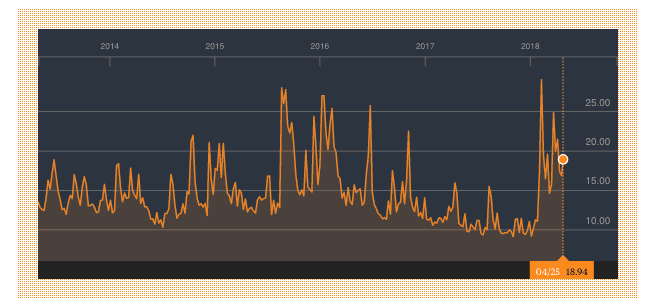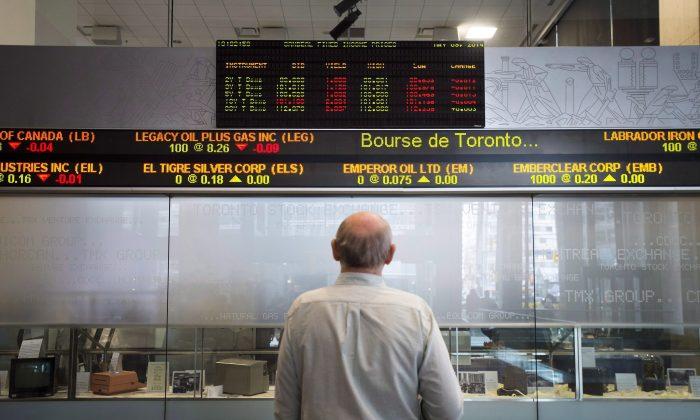The debate between active and passive investing will probably never end, but the trend toward passively managed money is undeniable. Canada is behind the times but is catching up even as active strategies stage a recovery.
Traditionally, investing has been active—to select stocks that will outperform the market, as opposed to settling for the market return. The latter—passive investing—has plenty of research to back its superiority over the long haul and, relatively recently, has seen the development of technology that makes it easily implemented by inexperienced Canadian investors.
Studies have shown that active management may beat the market for short periods of time, but when considering additional fees and holding cash, the “boring” passive strategy of buy and hold ends up being the winner over the long term.
But in 2017, Canadian active funds attracted $18 billion, while Canadian passive funds grew by $13 billion. In contrast, in the United States, passive funds attracted $663 billion, while active funds attracted $23 billion.
In his report, Kerzérho calls the rise in passive funds and the tailing off in active funds a “significant transfer of wealth from the financial services industry to the end investor.” Assuming passive funds charge on average 1 percent lower fees, this means Canadians save $1.3 billion annually, according to Kerzérho.
He is a strong proponent of passive investing and has been studying it for over three decades. He also teaches finance at McGill University in Montreal.
Kerzérho said in a phone interview that investing in Canada is like a “status quo” due to a kind of resistance to change. Canada hasn’t had the benefit of a Vanguard in the United States that shook up the status quo and created the culture of passive investing.

This phenomenon may be due to the dominant position of the big banks in Canada’s investment landscape compared to the proliferation of smaller independent advisers in the United States, according to Kerzérho.
“Passive is a new thing and active was the traditional way,” Kerzérho said. “All the technology was not in place to offer passive solutions.”
Active’s Rebound
Active funds took it on the chin during the financial crisis, but the tide is turning positive. The strategy has been growing since 2014.Hedge funds have also severely lagged the return on the S&P 500 since 2009 and have barely kept up with bonds.
But Kerzérho is not buying the rise in volatility or a potential bear market as a reason to depart from passive investing. Markets go up and down and active management requires portfolio managers to predict the future, according to Kerzérho.
“If he [portfolio manager] holds cash, how is he going to know that now the bear market is over and you’ve got to invest the cash into the recovery?” Kerzérho said. Market timing has long been chided as impossible to consistently get right.
While some market factors may give active managers a greater chance to shine, it remains extremely difficult to continually beat the market especially when not being fully invested—holding an allocation to cash, as active and hedge fund managers tend to do—and when accounting for higher fees.
Canada has a long way to go compared to the United States, but the trend is decidedly passive.







Friends Read Free